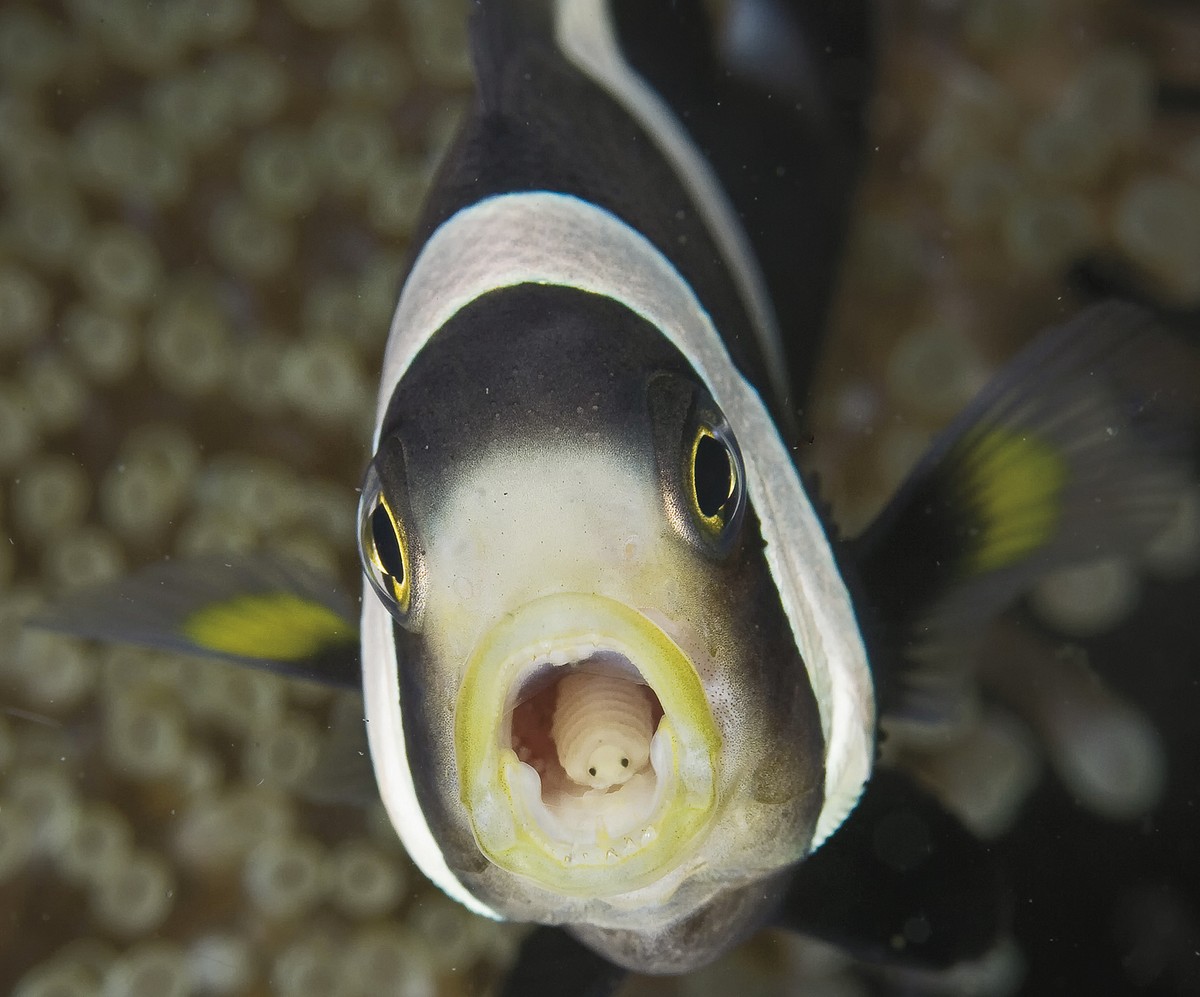Cats are not sweet
2007/09/16 Galarraga Aiestaran, Ana - Elhuyar Zientzia

The study, conducted by researchers at the Sensory Research Center in Philadelphia, surprises that cats are not able to discriminate against sweet, since the rest of mammals studied so far do.
In fact, mammals have receptors on the surface of the tongue for each type of taste, wrapped in taste buds. These receptors are proteins that, when attached to a particular substance, ignite the internal mechanism of the cell. This mechanism sends a signal to the brain, separating the flavors.
Humans have at least five types of receptors: sweet, salty, acid, bitter, and uterus. It is Umami. the taste of protein and fermented foods. In addition, according to AZ studies, it seems that we also have receptors that perceive the fat flavor.

Sweet Receiver
The sweet receptor, for example, consists of a pair of proteins, each produced by a gene: The genes Tas1r2 and Tas1r3 respectively. When both work well, the pair of proteins is formed and, when something sweet enters the mouth, the receptor sends the signal to the brain. This is very important, as carbohydrates are usually sweet and are the main source of energy for herbivores and omnivores.
But cats are not omnivorous but carnivorous, and also lions, tigers and other relatives. Well, these relatives do not have the Tas1r2 protein genus, so they do not have a receptor that perceives a sweet taste.
In addition to receptors, other substances needed to digest and taste sugars, such as glucokinase, are also high. Glucokinase is a liver enzyme that controls carbohydrate metabolism. It is essential to avoid excess glucose in the blood, but cats do not have it. This explains why more and more cats have diabetes. In fact, most of the foods cooked for cats contain 20% carbohydrates, which by not being able to properly metabolize carbohydrates, harms them
Other flavors

In addition, researchers have shown that cats have the ability to detect flavors that people cannot perceive. For example, they contain the receptor of the ATP molecule. This molecule is the energy source of living cells, and although meat is not filled with ATP, the presence of ATP is a sign of the presence of meat.
However, despite its exceptionality in mammals, cats are not the only animals that do not have sweet receptor: among other things, the hen does not have sweet receptor, so it does not have special fondness for sweet.
Many other animals have other receptors. Siluro, for example, can detect extremely low concentrations of amino acids in water. Amino acids are basic components of proteins that appear in water when a fish dies and its meat begins to rot. Therefore, for the catfish is really beneficial a fine taste for amino acids.
Published in 7K.

Gai honi buruzko eduki gehiago
Elhuyarrek garatutako teknologia






